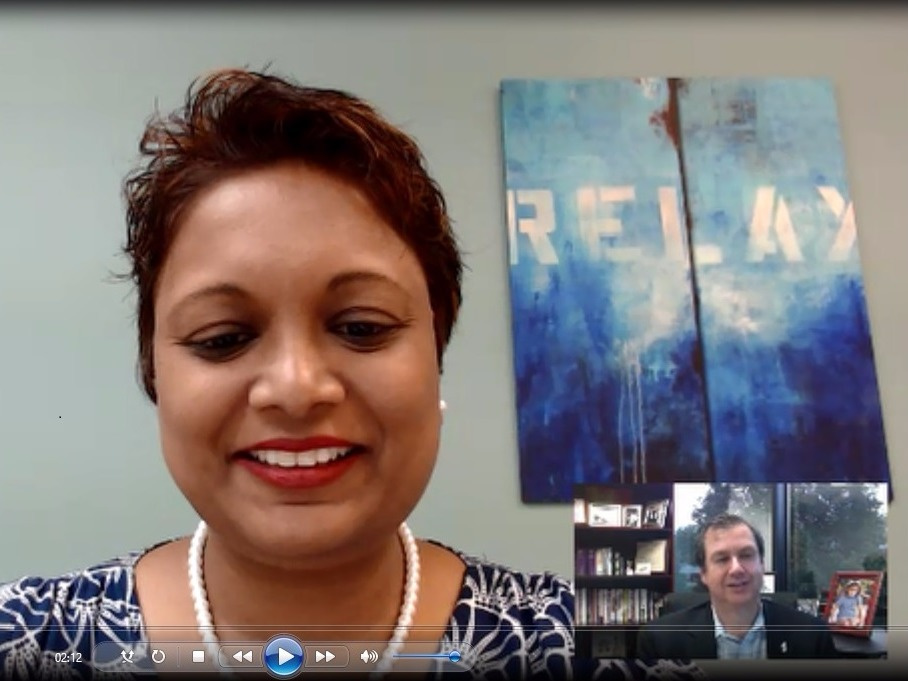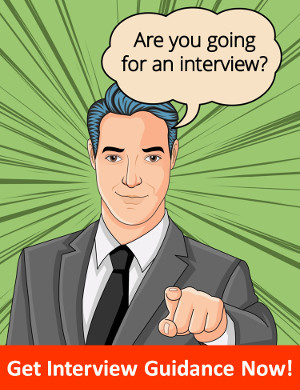How to Increase Employee Engagement

As workplaces become more relational, leaders are realising the importance of the relationships and bonds they create with the people they lead. Gone are the days where leaders told their staff to jump and staff used to reply, "How high?". Now if leaders say jump, their team members ask Why? and whether running would be far more effective than jumping.
What is the cost to organisations if they still retain the horse and carriage style of leadership where its assumed that staff will follow their leader just because they tell them to do so? The Carnegie Management Group stated that in Australian industry alone, the cost of having presenteeism a concept that describes people being present at work but not productive is $33 billion.
We are now in the age of Relational Leadership. Today’s leader needs to be emotionally intelligent and lead their team members by connecting with their hearts as well as with their minds. A recent study by IBM on engagement stated that organisations are now focusing on the battle for the hearts and minds of employees as a way to improve job performance and sustain competitive advantage.
Recent Gallup reports highlighted that:
- Only 15% of the workforce were engaged at their workplace worldwide
- Only 24% of the workforce were engaged in Australia
Earlier this year I had the pleasure of interviewing, a leadership expert, Tom Ziglar. This is the first of the articles I am writing on relational leadership based on my interview with him. The aim these leadership articles is to provide you with strategies and insights that will help you in become a great Relational Leader. A leader who can engage their team effectively and make a positive impact in the organisations they work with!
In the interview below, you will find a great strategy to help you connect with your team and work together to increase staff engagement.

Claudine: Based on your experience how would a person go about building a great culture in their department?
Tom: The first thing I would do is dream alignment. In dream alignment a leader finds out what the goals and dreams of their people are and helps them achieve their dream. If you hire someone, they’re may be working hard but may not focused. You don’t know how engaged they are. As a leader, you need them to participate, to bring ideas, to think ahead, to problem solve, to anticipate other’s needs. How do you help them participate? Ask them what their goals are. The dreams that they want to accomplish. And all of a sudden, this person who was disengaged starts seeing the pattern where their leader is saying to them that I want to help you to achieve your goal.
How do you think they will respond when they believe that the person they work with and report to is interested in their own goals and dreams? Think back to your own life. Almost all of us has had a mentor, a coach, a teacher, parent or a boss, we knew who cared more about us than the specific job we were doing. We worked extra hard for them.
The great leader makes these connections. Here is the company’s objective and here is your personal objective. The better you do your job the faster you can reach your objective. That’s called dream alignment.
Claudine: How would managers with large teams of say 30 people implement the Dream Alignment strategy?
Tom: If you’re a manager, share the responsibility with the team leaders in your team. As a leader, teach the team leaders how to dream align. My job as a manager is that I’ll bring the team leaders together to find out what their dream and goals are. I’ll then let the team leader handle four of five of the staff on their own. So now I’m teaching them and they will brief me about their staff’s dreams and goals.
As a leader, I can now walk out on the floor and talk individually to my staff members about their dreams. You want to go to the Great Barrier Reef for a week. That’s pretty good. To the next person I’ll say, You want to buy your dream home? Great. As a leader that is how you can inspire and motive, since each person’s desires and goals are different.
Claudine: The ‘Dream Alignment’ strategy seems very practical. Have other leaders implemented these at their workplaces?
Tom: Lots of people say that it’s very practical. We use it at our workplace and go out and teach it to other businesses. Unfortunately, most people are looking for the magic pill. They think that they will implement a strategy and everyone will just follow it. People don’t work that way.
People don’t care how much you know until they know how much you care about them. As a leader, your primary goal is to lead and develop your people. Knowing their goals and dream is what is important. You need to be able to clearly link their dreams and goals to the vision of where the company and team are going. People work to fulfill a dream and not simply to get a pay check.

You can see from the above interview with Tom that the dream alignment strategy is very practical but if it becomes just a checklist of tasks to do for a leader, then your staff member will sense that you don’t really care about them and may not buy into the strategy. A Relational Leader makes real connections with the people they lead. They don't see their staff as entities who need to execute a series of tasks, but as real, breathing people who have their own aspirations, dreams and goals.
What would happen if leaders worked with their organisations to become more relational? To become more empathetic? To actively engage their staff? Research by Gallop indicates that business units that are engaged experience:
- 41% reduction in absenteeism
- 17% increase in productivity
- 20% increase in sales
Would you as a leader like to make such a positive impact in the organisations you work with? Take the time right now to ask yourself if you and your team are working in the old horse and carriage style or as a well-oiled modern day Ferrari where each part actively supports the other and accelerates to achieve their goals together.
I got to know Tom through his father Zig Ziglar when I came across Zig’s seminars on personal development and leadership. I learned a great deal from Zig about how to achieve my goals and how a single person could make such a positive impact on so many lives. I had learned such a lot from him, that I began to regard Zig like a second dad. When I met Tom a few years ago, I told him this and he said, Then that makes you my half-sister from Australia. And so, a bond was created.

As CEO of Ziglar, Inc., Tom Ziglar shares not only a last name with his motivational icon father, Zig Ziglar, he also carries on his philosophy: You can have everything in life you want if you will just help enough other people get what they want. Tom has had the privilege of speaking around the world to billion-dollar companies, small business owners, and at prestigious academic institutions like Cambridge and Harvard about leadership, business, and performance.

Claudine Kumar is the Leadership Coach at Catapult IT. She has worked in the IT Industry in Australia for the past 17 years and has successfully helped managers, team leaders and the C-Suite work effectively with their stakeholders and increase their team engagement. Her vision is to help leaders realise their potential and create a cutting-edge leadership community.


 Claudine Kumar
Claudine Kumar






